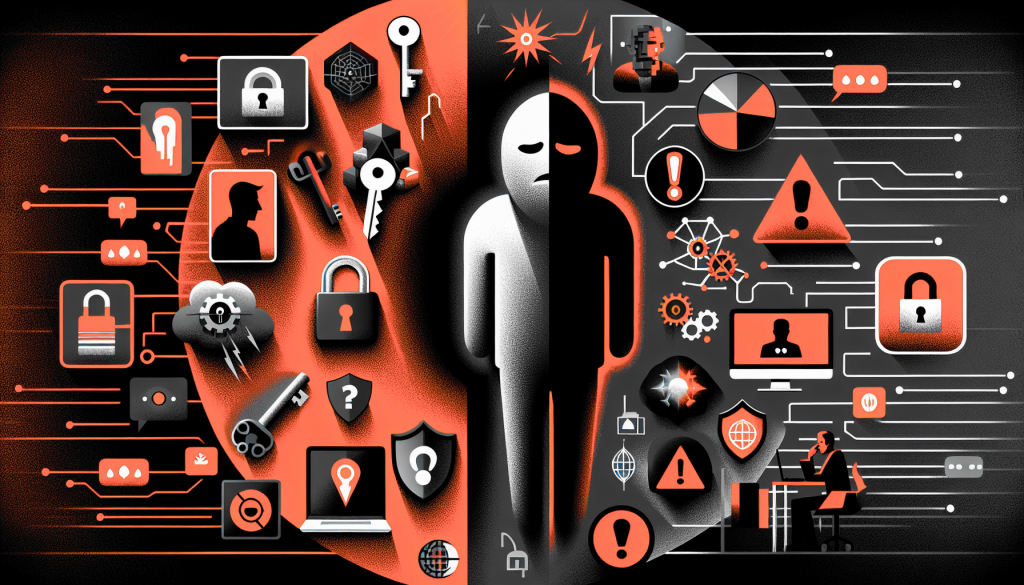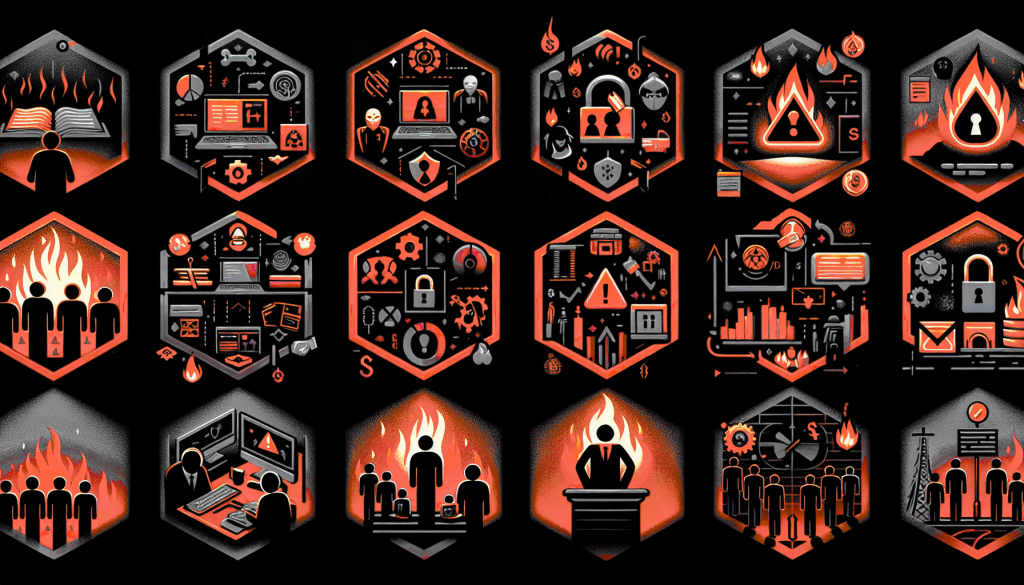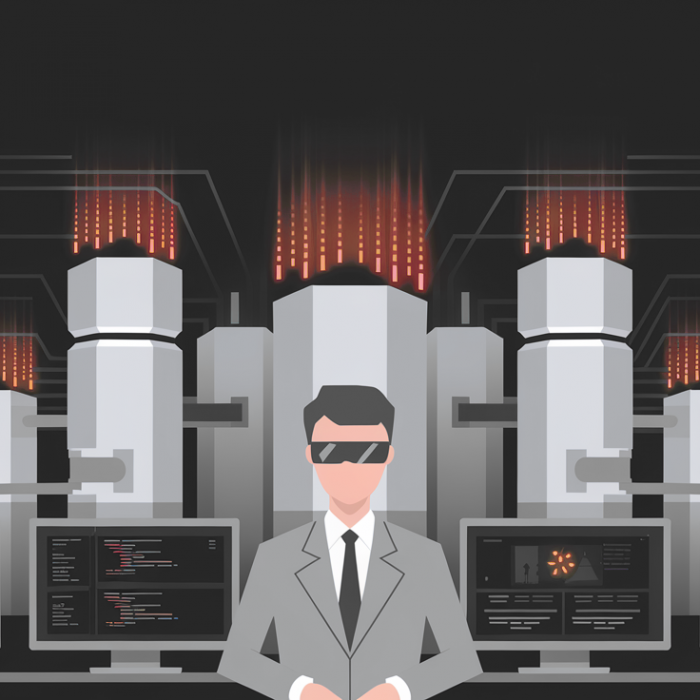Organizations are spending billions on cybersecurity technology every year, but data breaches keep happening anyway. The numbers from Verizon’s 2024 Data Breach Investigations Report show that humans were involved in 68% of all breaches. Meanwhile, separate research found that 95% of data breaches are tied to human error.
This isn’t really a technology problem. It’s a people problem.
While IT teams focus on building better digital defenses, the biggest vulnerabilities often come from something much harder to patch: workplace culture. We’ve gotten pretty good at the technical side of security, but we’re still figuring out the human side.
What makes this especially tricky is that people usually aren’t breaking security rules because they’re careless or malicious. Most of the time, they’re just trying to get their work done.
When Good Tech Meets Poor Culture
Even expensive security tools can become pretty useless when workplace culture doesn’t support using them properly. You’ve probably seen some version of these scenarios:
The Workaround Problem: Teams start using unapproved cloud services because the official approval process takes three weeks and the project deadline is next Friday. The security policy exists, but the culture rewards “getting things done” over following procedures.
The Alert Overload: Your monitoring system generates 2,000 alerts per day, but your security team learns to ignore most of them because they’ve figured out that 95% are false positives. The technology works fine, but people have adapted to tune it out.
The Password Sharing Situation: Employees share login credentials with teammates to meet project deadlines. Everyone knows it’s against policy, but the team culture prioritizes helping each other hit deadlines.
The Compliance Show: Teams carefully document security procedures for audits while routinely finding ways around those same controls in daily work. The policies look great on paper, but the day-to-day culture treats them more like suggestions.
These aren’t isolated incidents or signs of bad technology choices. They happen because the underlying culture doesn’t really support security goals, which puts well-meaning people in situations where they end up making risky decisions.

The Three Hidden Drivers of Security Failures
The Productivity Paradox
When Harvard Business Review researchers asked employees why they knowingly violated security policies, the answers were pretty revealing. The top three reasons were “to better accomplish tasks for my job,” “to get something I needed,” and “to help others get their work done.” These three responses accounted for 85% of cases where employees knowingly broke the rules. Only 3% of policy breaches were driven by malicious intent.
This puts employees in a tough spot: follow security procedures and risk missing deadlines, or break the rules and risk organizational security. When people face this choice regularly, the culture naturally shifts toward finding shortcuts. Security sees policy violations, while employees see problem-solving.
The fix isn’t stricter rules but better alignment. Security measures need to support productivity rather than fight against it. This means involving employees when creating policies, testing procedures before rolling them out company-wide, regularly checking whether security requirements actually match how work gets done, and using security solutions that are designed from the ground up to not get in the way of productivity.
The Stress Connection
Workplace stress makes security violations more likely. Employees tend to break security protocols on days when they reported higher stress levels. When people feel overwhelmed, their tolerance for following rules that slow them down drops significantly.
Common stress sources that lead to security shortcuts include competing deadlines, work-from-home challenges, job security worries, and sometimes the security policies themselves. When employees worry that following security procedures will make them look slow or unproductive, they’re more tempted to find workarounds.
This helps explain why traditional “security awareness training” often doesn’t work as well as we’d hope. People aren’t breaking rules because they don’t understand the risks. They’re making quick decisions under pressure, choosing to solve immediate problems over avoiding potential future ones.
The Accountability vs. Blame Problem
Many organizations accidentally create cultures where people hide mistakes rather than report them. When employees expect harsh consequences for security errors, they learn to avoid getting caught rather than avoid making mistakes in the first place.
Real accountability focuses on learning and preventing future problems rather than punishment. It asks “how do we stop this from happening again?” instead of “whose fault is this?” This approach encourages people to be transparent, helps teams respond to incidents faster, and leads to actual improvements.
For example, when someone falls for a phishing email, a blame-focused response might require additional training and mark the employee as high-risk. An accountability-focused response might look at why that particular phishing attempt was so convincing, update email filters based on what happened, and share what everyone learned with the rest of the team.
What Cybersecurity Culture Actually Means
Cybersecurity culture is more than annual training sessions and “Think Before You Click” posters. It’s the collection of shared values, behaviors, and attitudes that determine how people actually think about and handle security in their daily work.
Strong cybersecurity culture means security considerations naturally become part of how decisions get made. People don’t follow security protocols just because they have to; they do it because that’s simply how work gets done around here. They report suspicious stuff not because they’re worried about getting in trouble, but because they understand they’re part of protecting the organization.
This shift requires moving beyond just checking compliance boxes. Compliance culture asks “are we following the rules?” while security culture asks “are we actually protected?” That difference shapes everything from how policies get written to how problems get handled to how success gets measured.
Building Blocks of Strong Security Culture
Leadership Modeling
Cybersecurity culture really starts at the top. Executives set the tone more through what they do than what they say. When leaders consistently show that security matters by following protocols themselves, bringing up security in meetings, and actually allocating resources to it, that sends a clear message about priorities.
This means executives should use the same security tools as everyone else, participate in security training, and consider security when making business decisions. When the leadership team treats security as IT’s problem rather than everyone’s responsibility, that attitude tends to spread throughout the organization.
Integration with Workflow
Security works better when it’s built into how people already work rather than added as an extra burden. This requires understanding how work actually happens, not just how it’s supposed to happen according to process documents. Security measures that feel natural and make sense get used more consistently than those that feel like obstacles.
Instead of requiring separate logins for every system, organizations might use single sign-on that actually makes access easier while improving security. Instead of blocking useful cloud services entirely, they might provide secure alternatives that meet the same business needs.
Empowerment
People need both the right tools and the authority to make secure choices without having to sacrifice their ability to get their work done. This means providing security options that don’t require submitting IT tickets or waiting for approvals for routine tasks.
Endpoint privilege management solutions show how this can work. Instead of giving employees permanent admin rights (risky) or making them submit tickets for every software install (slow), these tools let people safely get the access they need when they need it, while keeping a complete record of what happened.
Open Communication
Security culture works best when people feel comfortable talking about security challenges and trade-offs. This means creating ways for employees to raise concerns about security policies, report potential problems without fear of getting blamed, and suggest improvements based on what they experience day-to-day.
Security discussions should focus on solving practical problems rather than scaring people. Instead of talking about all the terrible things that might happen, good communication helps people understand how security decisions connect to business outcomes they actually care about.
Recognition
Most security programs spend their energy catching problems rather than celebrating when things go right. But recognizing good behavior often works better than punishing bad behavior when you’re trying to change how people act long-term.
This might mean recognizing employees who report phishing attempts, teams that finish security training early, or departments that successfully roll out new security procedures. The idea is making security awareness and good security habits something that gets noticed and appreciated, not just something that’s required.

Making Security and Productivity Work Together
The most lasting security improvements come from reducing friction rather than adding more rules. This requires understanding what productivity pressures drive people to take security shortcuts, then finding ways to address those pressures directly.
Organizations should include employees in security policy design from the start. The people who’ll be affected by security measures often have the best insights into what might go wrong and what might actually work. Testing security procedures with real users before rolling them out can reveal problems that might otherwise lead to workarounds.
Security should also be part of performance planning and workload discussions. If following security procedures adds time to tasks, that time needs to be accounted for in project timelines and performance expectations. Otherwise, people will keep facing impossible choices between security and getting their work done.
Addressing workplace stress also helps with security. When people feel overwhelmed, they’re more likely to take shortcuts. Supporting employee wellbeing through reasonable workloads, clear priorities, and adequate resources creates an environment where people have the mental space to make thoughtful security decisions.
The Business Case for Security Culture
Strong cybersecurity culture delivers real business value that you can measure. According to IBM’s 2024 Cost of a Data Breach Report, the global average cost of a data breach reached $4.88 million in 2024, a 10% increase over last year.
The same report shows that organizations that used security AI and automation extensively saved an average of $2.2 million compared to those that didn’t. While this focuses on technology, it shows how much financial impact security decisions can have.
More relevant to culture, organizations with severe staffing shortages faced an average of $1.76 million in higher breach costs compared to those with adequate security staffing. This shows how organizational factors directly affect security outcomes.
The productivity benefits matter too. When organizations detected breaches internally rather than having attackers tell them about it, they shortened the response time by 61 days and saved nearly $1 million. This suggests that cultures that encourage transparency and early reporting deliver real business value.
Where to Start?
Building cybersecurity culture takes time, but organizations can start seeing improvements pretty quickly with the right approach.
Assess Current Culture: Look beyond just counting security incidents to understand why problems happen. Employee surveys, focus groups, and exit interviews can reveal cultural issues that traditional security metrics miss. Ask people about the trade-offs they face between security and productivity, and where security procedures create unnecessary hassle.
Find Quick Wins: Look for security measures that can be simplified or streamlined without reducing actual protection. Remove requirements that don’t add real security value, provide better tools for common tasks, and eliminate approval processes that create bottlenecks for routine work.
Measure What Matters: Track metrics that show cultural changes, like voluntary security reporting, employee feedback on security procedures, and how quickly security incidents get detected. These often give earlier warning signs of cultural problems than traditional security metrics.
Invest for the Long Term: Put ongoing effort into communication, training that addresses real workplace scenarios, and leadership development that treats security as something that enables business rather than something that gets in the way.
Building Something That Lasts
Cybersecurity culture isn’t something you build once and then forget about. It’s an ongoing process of aligning security goals with business realities. The strongest security comes from making security and productivity work together rather than against each other.
This takes sustained commitment from leadership, ongoing investment in tools and training that support both security and productivity, and regular evaluation of whether security measures are actually working as intended. It means treating security as something that helps the business rather than something that holds it back, and measuring success through business outcomes rather than just technical checkboxes.
Organizations that get this right don’t just have better security. They tend to have more engaged employees, more efficient operations, and stronger competitive positions. In a world where cyber threats keep getting more advanced, investing in security culture isn’t just about protection. It’s about building the kind of adaptable, resilient organization that can handle whatever comes next.







